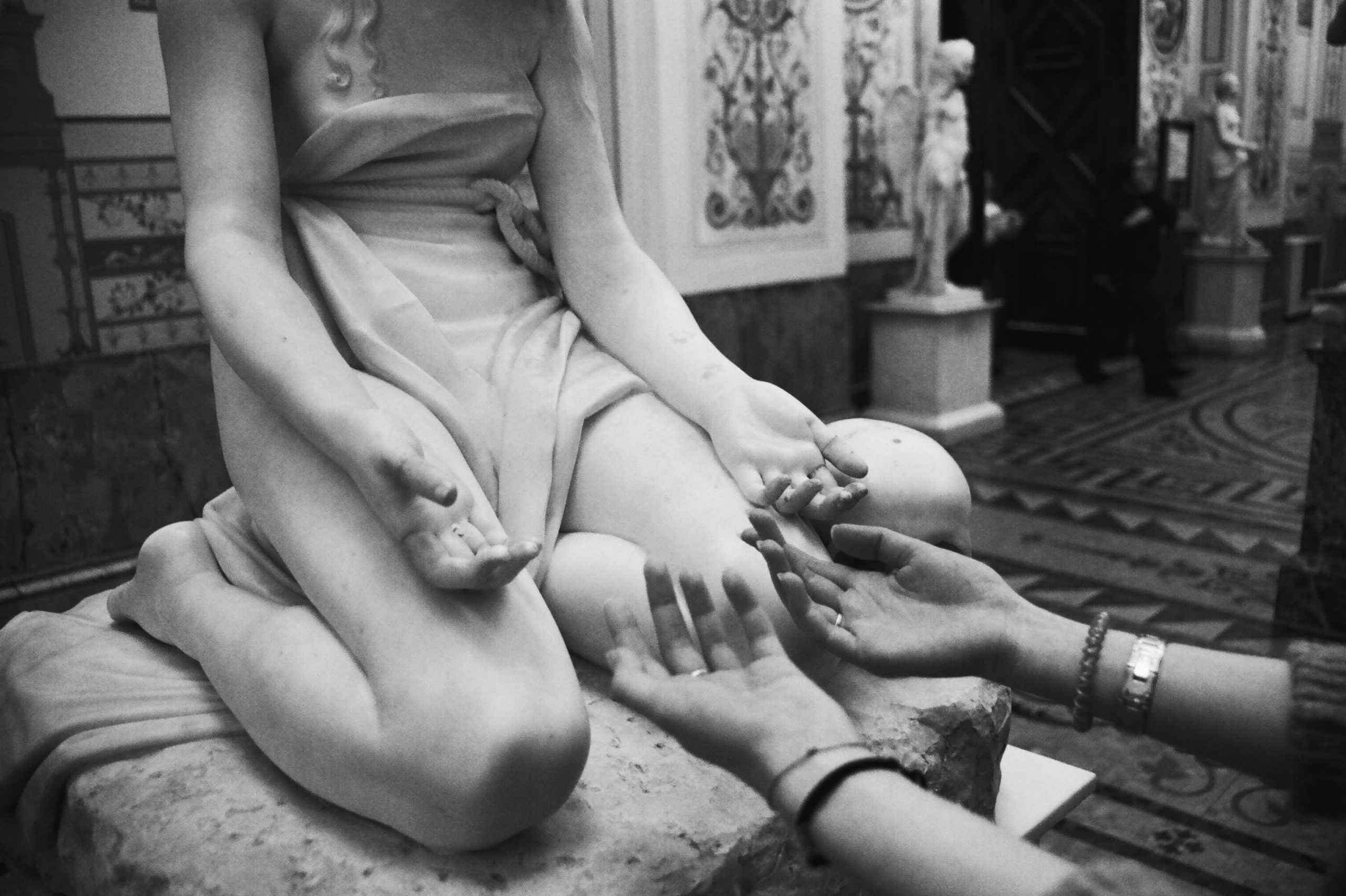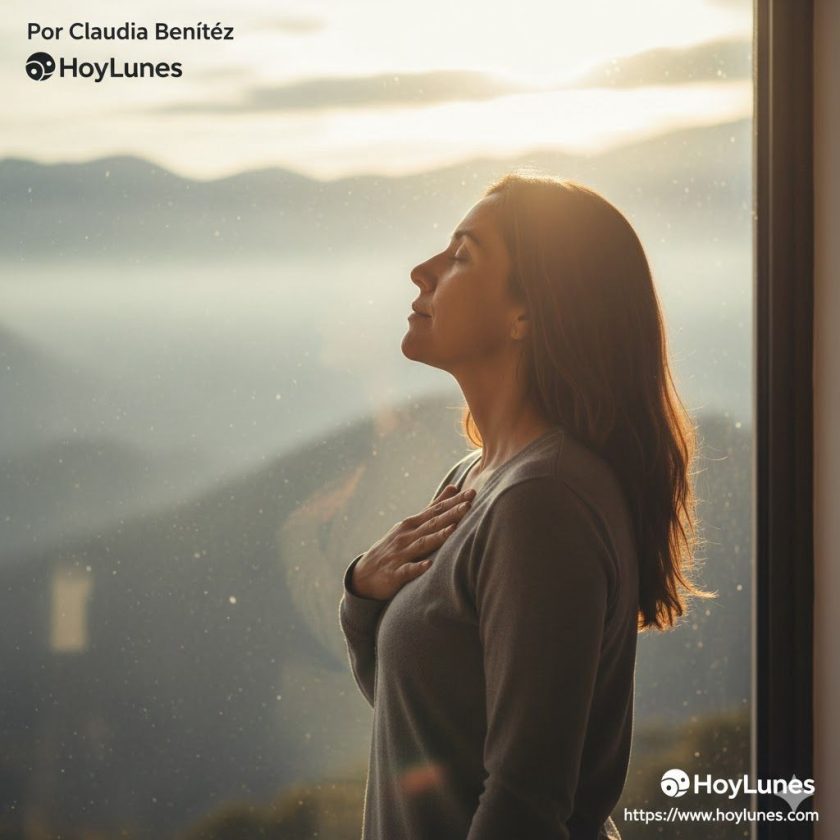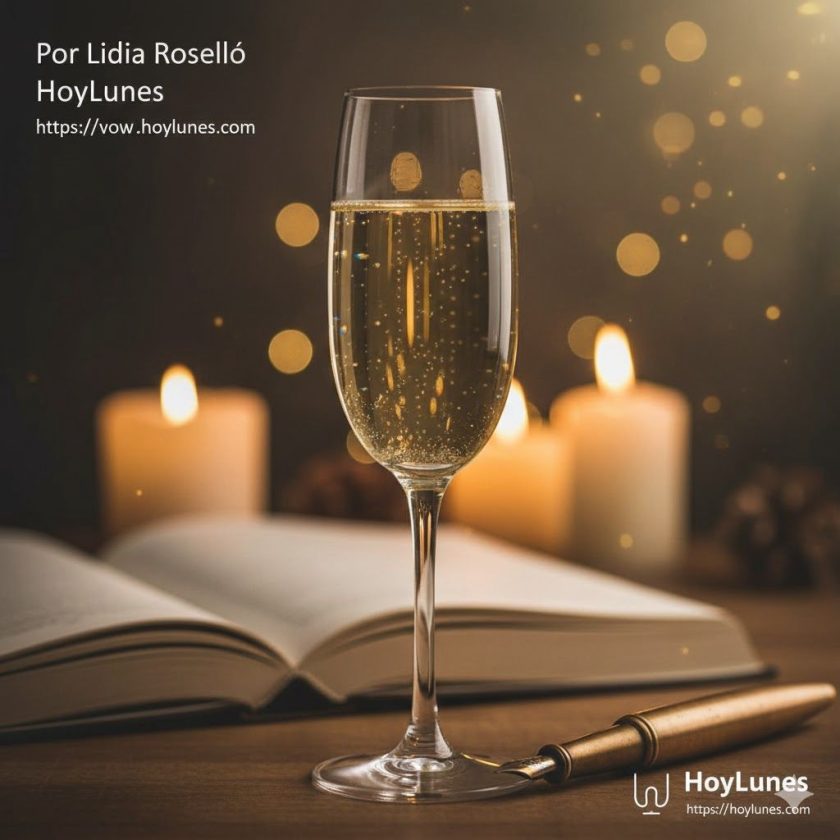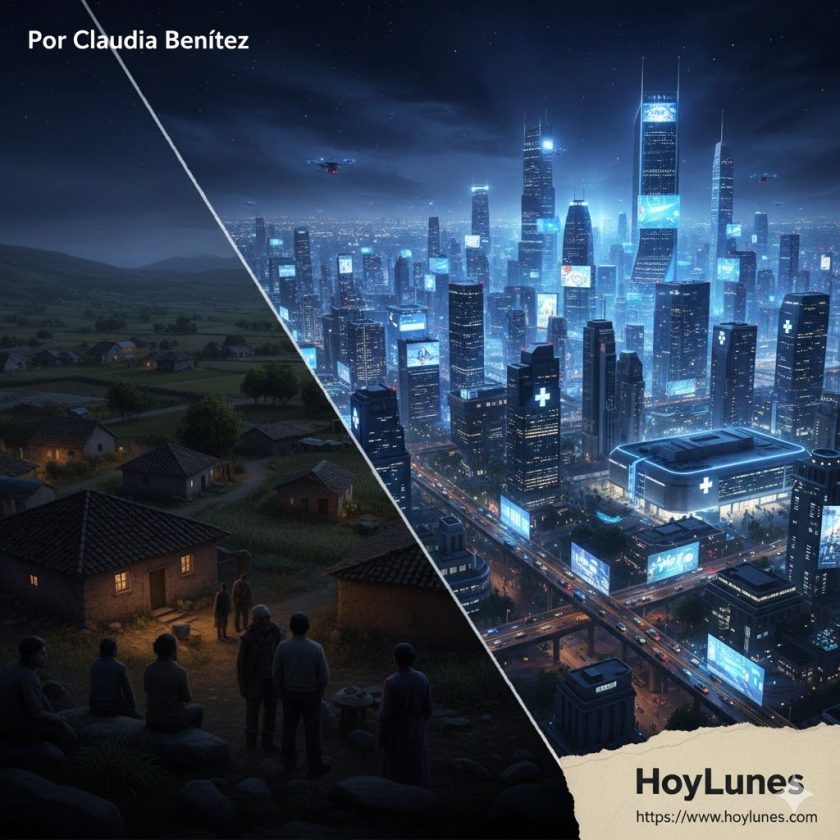Between the artist’s unique imprint and the infinite circulation of its reflections, art reinvents itself with every gaze.
By Claudia Benitez
HoyLunes – Is reproduction a threat to the authenticity of the work, or could it become a way of bringing art closer to more people? This question has challenged us throughout time and has sparked intense debates around the work of art.
This debate polarizes between the moment when the artist creates the work and the moment when we see it multiplied, translated, adapted—the spectator recreates it, and time transforms it.
Some thinkers have pointed out that the copy deprives the work of its “aura”, that uniqueness tied to its time and place of creation. Seeing a painting in a museum is not the same as contemplating its reproduction in a catalog or on the internet. The original carries an unrepeatable presence: the artist’s stroke, the wear of time, the sacred space in which it is exhibited, a force that penetrates the viewer and integrates them into the work.

However, reducing the reproduction of a work to the loss of its “aura” would mean ignoring the other dimension it opens up: that of diffusion. The multiplication of images has allowed millions of people, who may never travel to Florence, Paris, Madrid, or New York, to come into contact with universal masterpieces. Photography, cinema, engraving, or digital printing have democratized access to art, breaking down geographical and social barriers. Clearly, such contact is not of the same nature as the original encounter, but it is by no means of lesser value—for the work or for the spectator.
Reproduction acquires value in itself, not as an impoverished “double,” but as a bridge that connects the viewer with the original work.
Think of illustrated school textbooks, documentaries, social networks: each reproduction generates a new encounter with the work, a new interpretation.

The current challenge lies in finding balance. Our aesthetic experience transforms when we become aware of the transience of our existence. Everything around us only holds importance because we are the ones who give it value. It is in the relationship we establish with what is other that we construct VALUE. In the digital era, where images circulate infinitely, we risk trivializing art, reducing it to a mere “medium”. Yet at the same time, this proliferation opens unprecedented doors: augmented reality, virtual museum visits, archives accessible from anywhere in the world, proximity to information, and the deconstruction of opinion—transforming us into individuals capable of building a selection of what is valuable for our own structure and nourishing ourselves with it as something uniquely personal.

The reproduction of the work of art does not replace the original but complements it by making it manageable and accessible. The aesthetic experience is transformed: it is no longer limited to physical contact with the work, but expands into multiple formats and contexts. In this sense, reproduction should not be seen as a threat, but as an opportunity to broaden the reach of art and renew our relationship with it.
The true challenge may not be choosing between original and copy, but learning to recognize the value in each. To refine what constitutes us, to let go of what has lost meaning, and to remember that in life everything is fleeting: each work, like each moment, has its time of existence and then transforms.
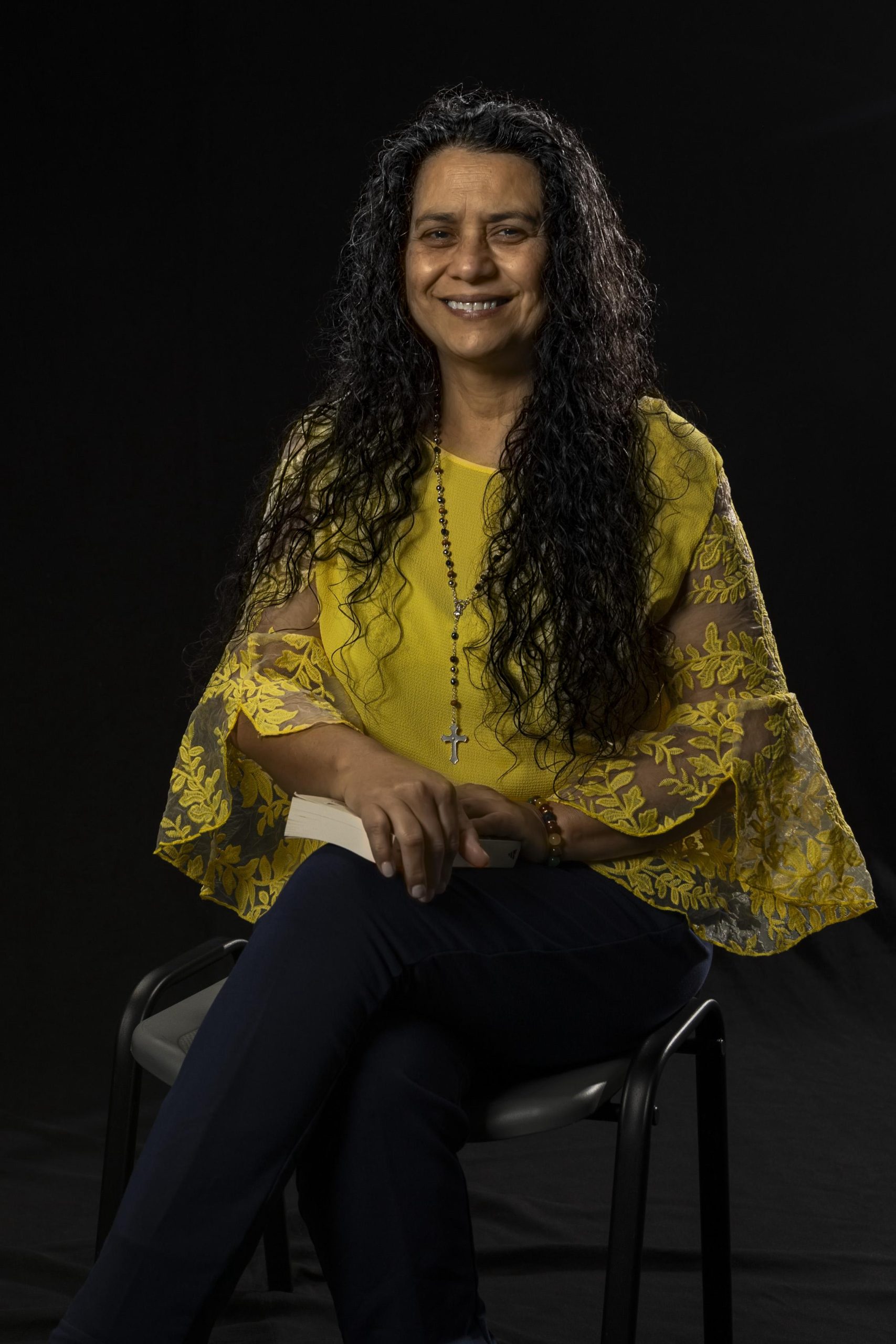
#hoylunes, #claudia_benitez,
